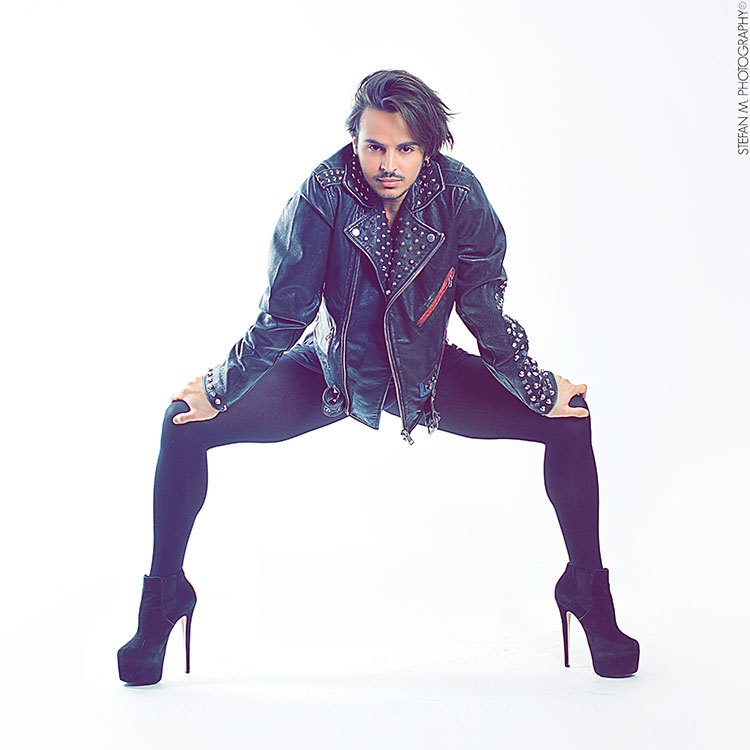Review: Standing Tall
Enforcing masculinity at the Bata Shoe Museum
If a “real man” wears pink, the Bata Shoe Museum’s newest exhibit Standing Tall tells us he also wears heels. The exhibit aims to trace how men have historically worn heels, in an attempt to shift the common understanding of the shoe. I entered with the assumption that the exhibit would trace how men subvert gender norms through feminine forms of dress. I went in hoping that the museum would engage in challenging masculinity as we’ve come to understand it. I left angry, yet unsurprised, that in an upstanding museum traditional gender roles are simply reproduced, and masculinity continues to be framed in terms of power and dominance.
When I see the title Standing Tall, I’m immediately reminded of the movie Walking Tall (2004) starring Dwayne “The Rock” Johnson. He embodies virile masculinity with intimidating size, bound to duty, and exhibiting strength through violence. To walk or stand tall insists not just on height, but also on towering over something. This is the masculinity the Bata Shoe Museum shows us as it dedicates itself to recasting the heel as a symbol for masculine strength and courage. Standing Tall does this by tracing the heeled shoe throughout the Western world, beginning in the 17th century. It briefly outlines how with the rise of Enlightenment thought, men began to design their shoes as different from women’s to show they were stronger and more powerful. Men’s heels became lower, wider, and more practical- they wore shoes that would let them fight, conquer lands, and ride horses. Essentially, shoes that would let them “be men.”
After taking only a few steps beyond the doors into the exhibit, I found myself watching images and videos of men wearing heels throughout history on a screen embedded into the wall. In the most contemporary example the museum shows, there are three men in a dance studio, wearing high platform stilettos performing a feminized dance routine. This particular moment in our contemporary culture of gay men in heels or men in drag is where I expected the exhibit to culminate — where the masculine and the feminine converge. Instead, throughout the exhibit itself, Standing Tall sticks to a heroic masculinity, so that if men are wearing what is identified as women’s heels, they are wearing them only to save women from their marginal position.
In the final section, “Fear of Heights: Men in Women’s Heels,” Standing Tall tells us that height symbolizes power but to wear women’s high heels emasculates men. Here, the museum displays a pair of size 16 red stilettos beside a pair of height-increasing insoles. Above this display is a photo of men running in red heels from the “Walk a Mile in Her Shoes” race in Bulgaria (Nikolay Doychinov 2014), suggesting that this race is the only context in which men are wearing what is depicted as women’s heels. Off to the side of this, there is a small photo of Yanis Marshall, the choreographer of the dance routine playing in the entrance. He is wearing all black, squatting down with his legs spread wide, wearing black platform stiletto boots. The museum’s decision to hang this photo off to the side with hardly any text accompanying it, tells us which kind of masculinity is being spoken to and about in the exhibit.
Featured photo courtesy of Stefan M. Photography
